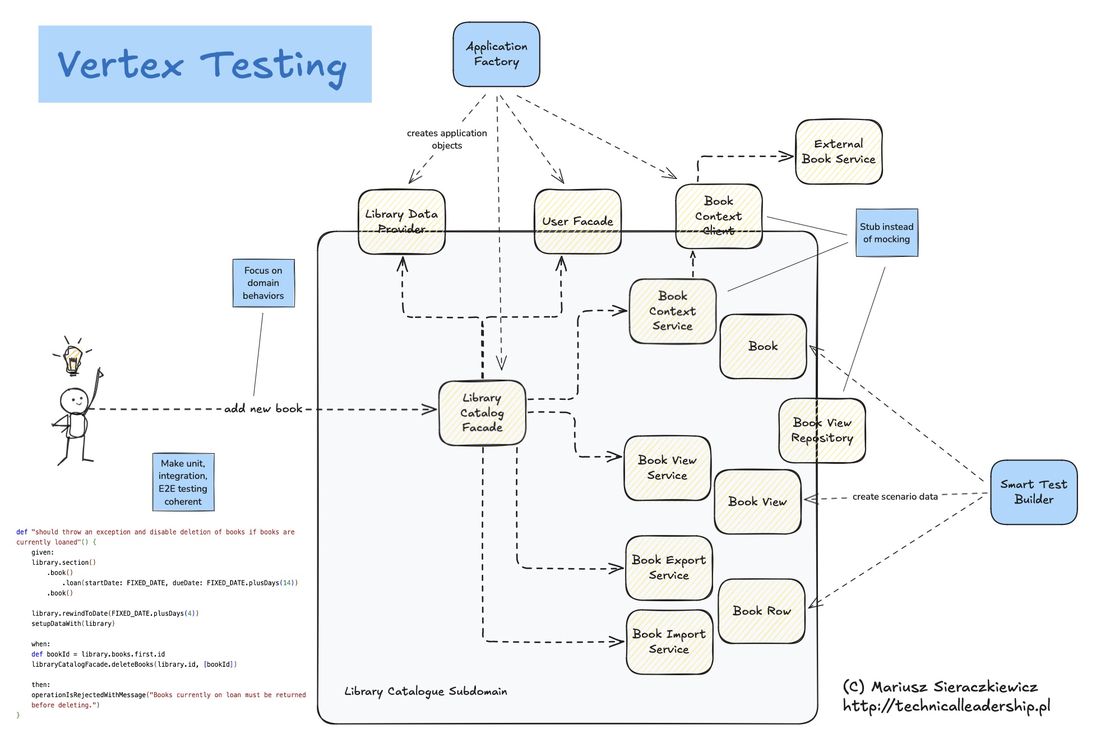Technical Leader Worries: I Want to Build Trust in My Team but I Don't Want Them to Do What They Want
- Mariusz Sieraczkiewicz
- Leadership , Team dynamics
- December 23, 2013
Table of Contents
Understanding Trust in Leadership
Trust is a very big word and very often misused. Many leaders, in an attempt to build trust, feel obliged to allow people to do anything they want. However, they also wish to have some impact on how a task is completed.
Some time ago, I pondered the nature of trust: what it is and how to cultivate it in everyday work. The notion that I should not be interested in how a task is done did not sit well with me—I felt something was missing.
Visualizing Trust Dynamics
I then conceived a visual that highlighted a form of asymmetry in trust dynamics.
[Visual Representation]
I contemplated, “What kind of trust would I want here?” This enlightenment led me to realize: I would like to ask difficult questions like, “Why did you do it this way?” or “How do you handle risk X?” without being accused of being overly controlling. I simply wanted to stay on track.
The Missing Element: Positive Intention Assumption
It became clear that to complete this schema effectively, there must be an assumption of positive intention. What does this mean? It means that I believe you will do your best to complete the task, and in turn, you believe that when I ask questions, I aim to understand your thought process and ensure important risks are considered. There should be no blame, accusations, or criticism—otherwise, everything collapses.
Building trust isn’t about letting go of control; it’s about fostering an environment where guidance and support are provided while maintaining empowerment and autonomy.
(Text translated and moved from original old blog automatically by AI. May contain inaccuracies.)
